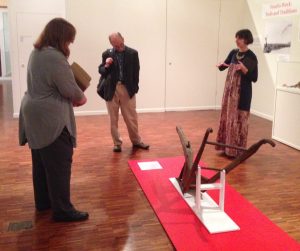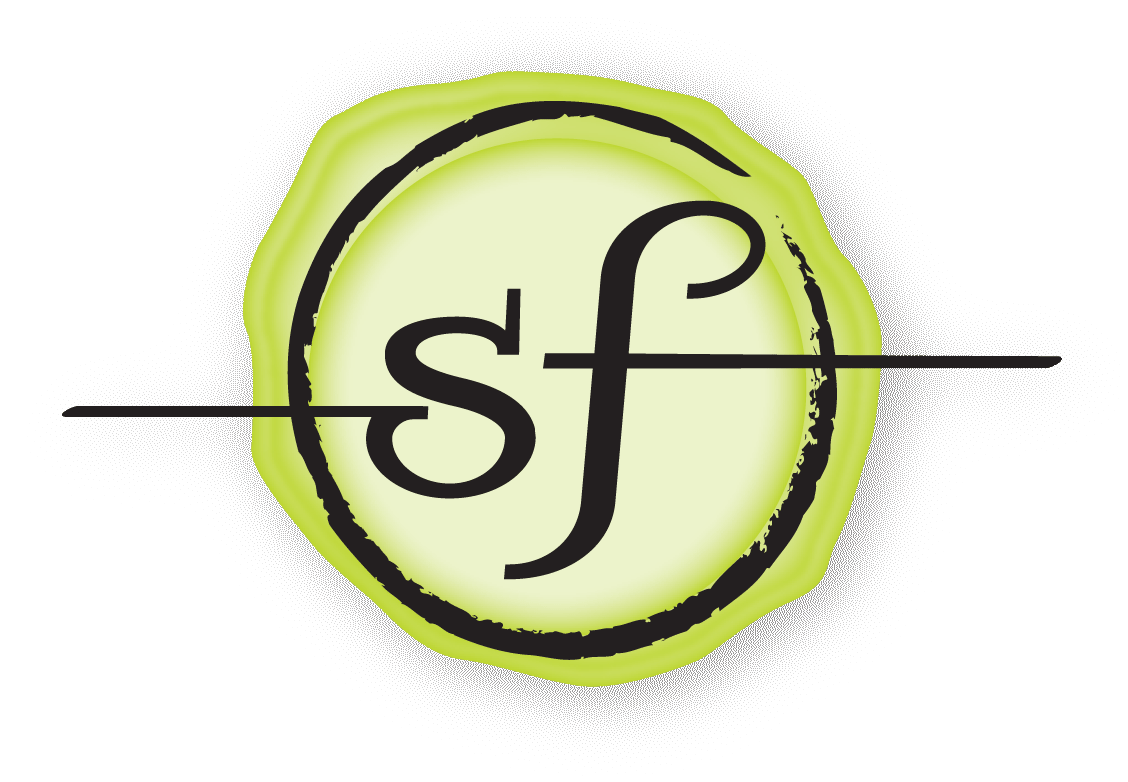Mid-career professionals don’t often have the luxury of retreating from day-to-day demands and reflecting on the larger meaning of their work. Yet, that’s exactly what I was able to do earlier this month. The Indiana University School of Global and International Studies and the Mathers Museum of World Cultures teamed up to host “Museums at the Crossroads: Local Knowledge, Global Encounters,” an eight-day summer institute held May 14-21, 2015. And I had the privilege of being one of the selected participants.

The idea behind Museums at the Crossroads was to gather museum professionals from around the world to explore the various intersections museums currently occupy. Most of the delegates were from the United States, although we also had participants from Belgium, Brazil, Canada, China, Denmark, and the United Kingdom. The disciplinary expertise of the group focused on anthropology, folklore, and history, reflecting the emphasis of the Mathers Museum, where the institute took place.
The symposium centered around three professional “crossroads” for museums, described as follows:
- Cultural Crossroads: the challenge of understanding interconnected, global cultures that are no longer easily categorized, as they were in the era in which many of the world’s most prominent museums came into being, along a traditional normative scale ranging from “civilized” to “primitive”
- Disciplinary Crossroads: the challenge of adapting institutions steeped in disciplinary tradition (as sites for the practice of history, anthropology, natural history, etc.) to the new work of scholarly disciplines increasingly inclined to draw upon one another’s methods and sources in their shared pursuit of understanding of the human condition
- Artifactual Crossroads: the challenge of adapting to the blurred lines that now separate traditionally defined categories of “virtual” and “real” in our encounters with the material world

The various crossroads provided a great framework for our explorations, though in reality our process was more free-wheeling than the above description implies. We heard keynotes from some amazing thinkers—Steven Lubar, Michael Brown, Stephan Fuchs, and Haidy Geismar. We visited numerous local museums. We spent two days exploring the collections of the Mathers Museum and brainstorming about how we might use the crossroads to inspire new ways of interpreting the objects. And we engaged in hundreds of conversations large and small—over dinners, over coffee, on walks through this sleepy college town—about how we might use these ideas in our own work, so that in the aggregate we might have some small influence on the museum gumbo that is emerging in our global, digital age.
From the beginning, the institute’s organizers (the incomparable Jason Baird Jackson, Eric Sandweiss, and Sarah Hatcher) were clear that there would be no formal objective to our wanderings, no deliverable to be hammered out. Instead, they envisioned something more organic: seeds planted, relationships formed. I believe they more than realized that vision.
